January 26: Jake Mohlmann reports from Argentina
We just wrapped up another WINGS tour through southern Argentina covering several distinct habitats like the vast wind-swept steppe, southern beech forests, and the dry monte desert.
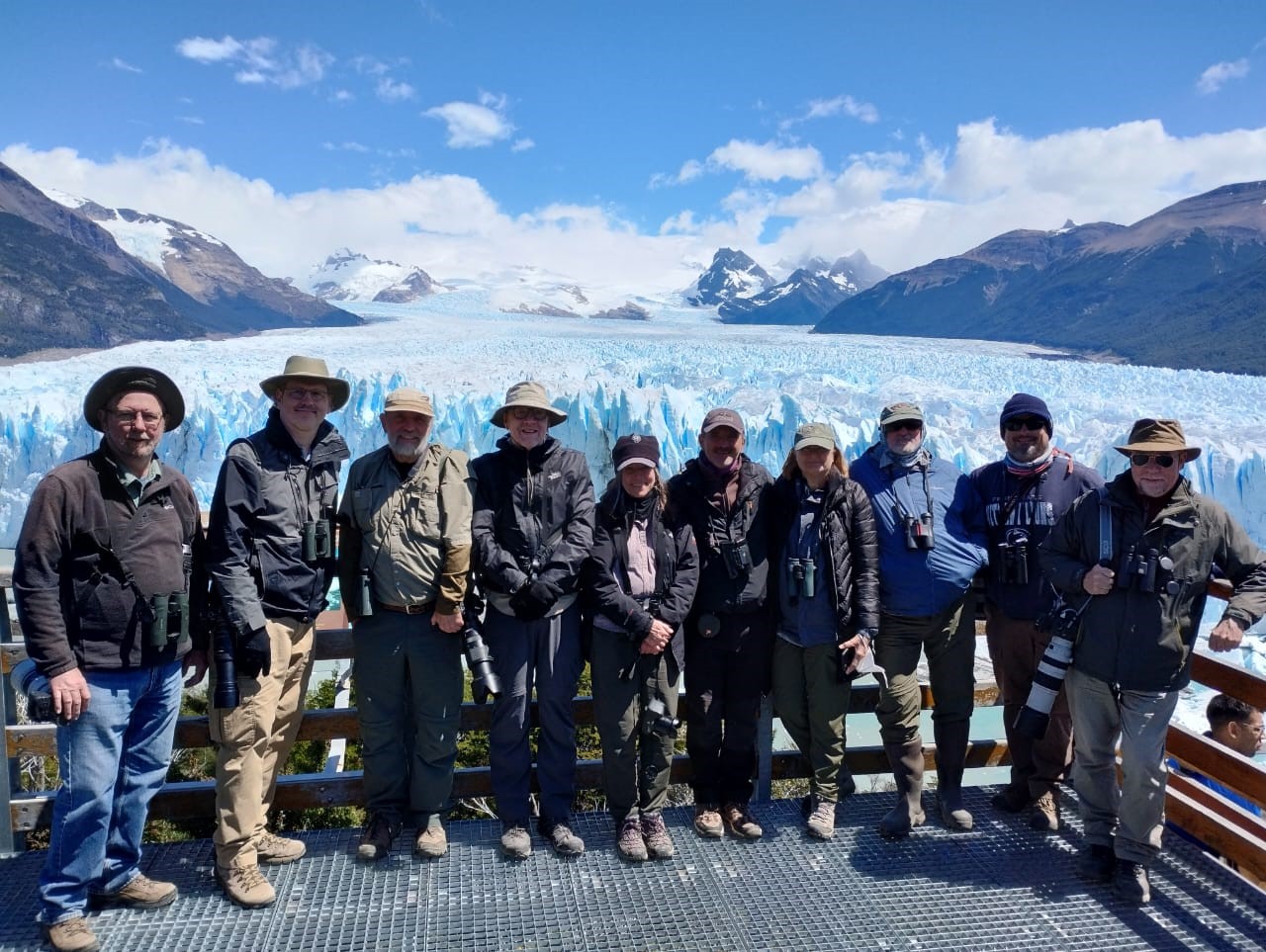
Our excited group in front of the Perito Moreno Glacier in Calafate.
One of the reasons to come to this part of the world is to see the Magellanic Plover, the only member of its unique family resembling a tiny dove pirouetting on wind-swept shorelines. Not only did we have the best views ever of this species in the morning light, we quickly realized the reason we got so close was because of two golf ball-sized chicks running for cover amongst the rocky substrate.
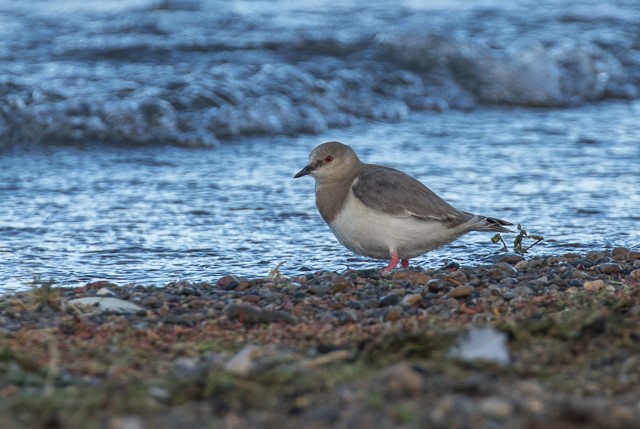
An adult Magellanic Plover with chick nearby.
Waterfowl is a constant presence no matter which habitat we explore, with flocks of some species into the hundreds. Roughly 30 species were encountered on the trip. This year was by far the best year for not only viewing numbers of Spectacled Ducks, but getting extremely close too.
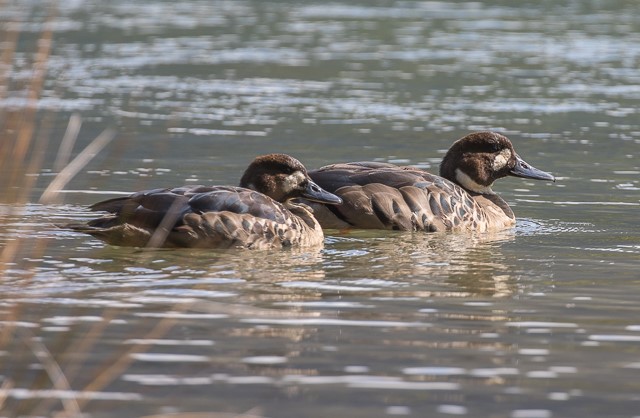
Spectacled Ducks in Tierra del Fuego National Park.
The Nathofagus forests of southern Patagonia host a unique palette of species endemic to this particular habitat. Perhaps the most sought after is the Magellanic Woodpecker, South America’s largest and darn good looking too! We had searched for over half the day for this species in Los Glaciares National Park and just before we were going to throw in the towel, our driver mentioned seeing a pair fly in near where he had parked. Lucky for us they were still in the area and we were able to take endless pictures of both male and female of this coveted creature.
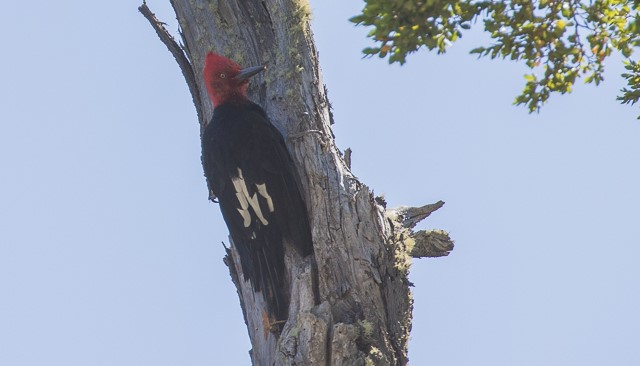
This male Magellanic Woodpecker aflame atop a snag.
Argentina doesn’t boast the numbers of endemic bird species that some South American countries do, but the ones they have are quite special. We were excited to see the endemic White-throated Cacholote, a large member of the furnariid family, defending its well-constructed nest with gusto just outside Puerto Madryn. After walking through a nesting colony of thousands of pairs of penguins, the trail at Punta Tombo led us to the coast where another pair of Argentine endemic White-headed Steamer-Ducks rested on the rocks.
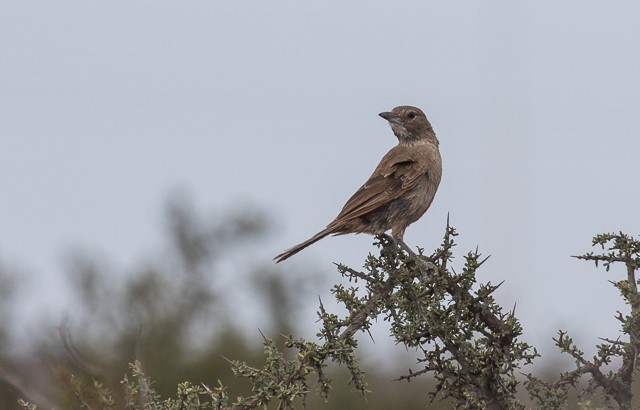
The endemic White-throated Cacholote near its nest.
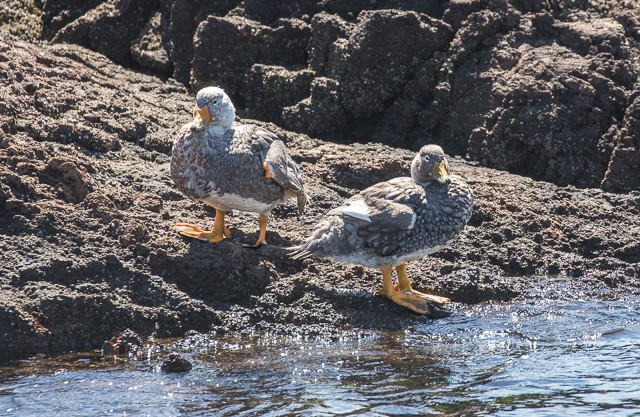
A pair of White-headed Steamer-Ducks endemic to this region.
Mammals are always a highlight on any trip through Patagonia. There were several highlights among the 17 species we saw including a very confiding Argentine Gray Fox. A pair of these ‘false foxes’ were stretched out across the road outside Punta Tombo. They were so approachable in fact those who wanted got out of the van and got quite close for a serious dose of photographs.
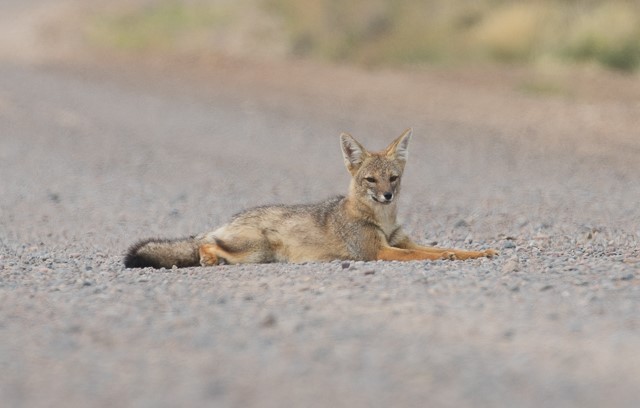
an Argentine Gray Fox lounging in the road.
Most of the reptiles, especially the snakes, that we see tend to be roadkill at some point during the trip meeting their demise from unsuspecting drivers. Due to the temperatures being in the perfect range this year we got to see a couple live ones, including a monte desert endemic Mousehole Snake crossing the road at Punta Piramides.
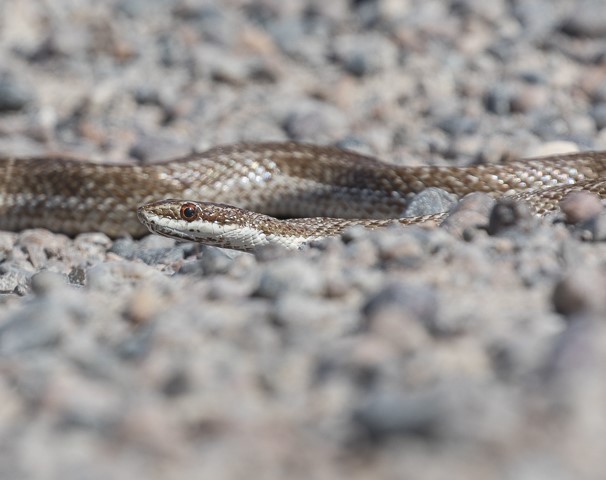
A docile Mousehole Snake on a dusty road.
A constant wanderer around the breeding Southern Sea Lion and Elephant Seal colonies is the Snowy Sheathbill. This odd bird is the custodian of the mammal groups, frequently cleaning up scraps of afterbirths and carcasses. It was a good year for this species. A sign of good times, or maybe bad?
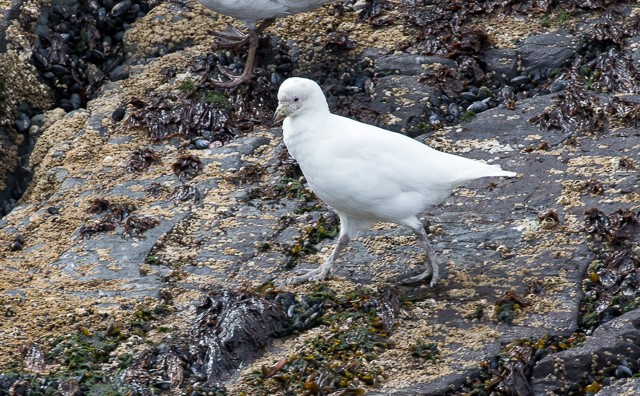
Snowy Sheathbill walks through the Sea Lion colony.
Posted: January 26, 2023
